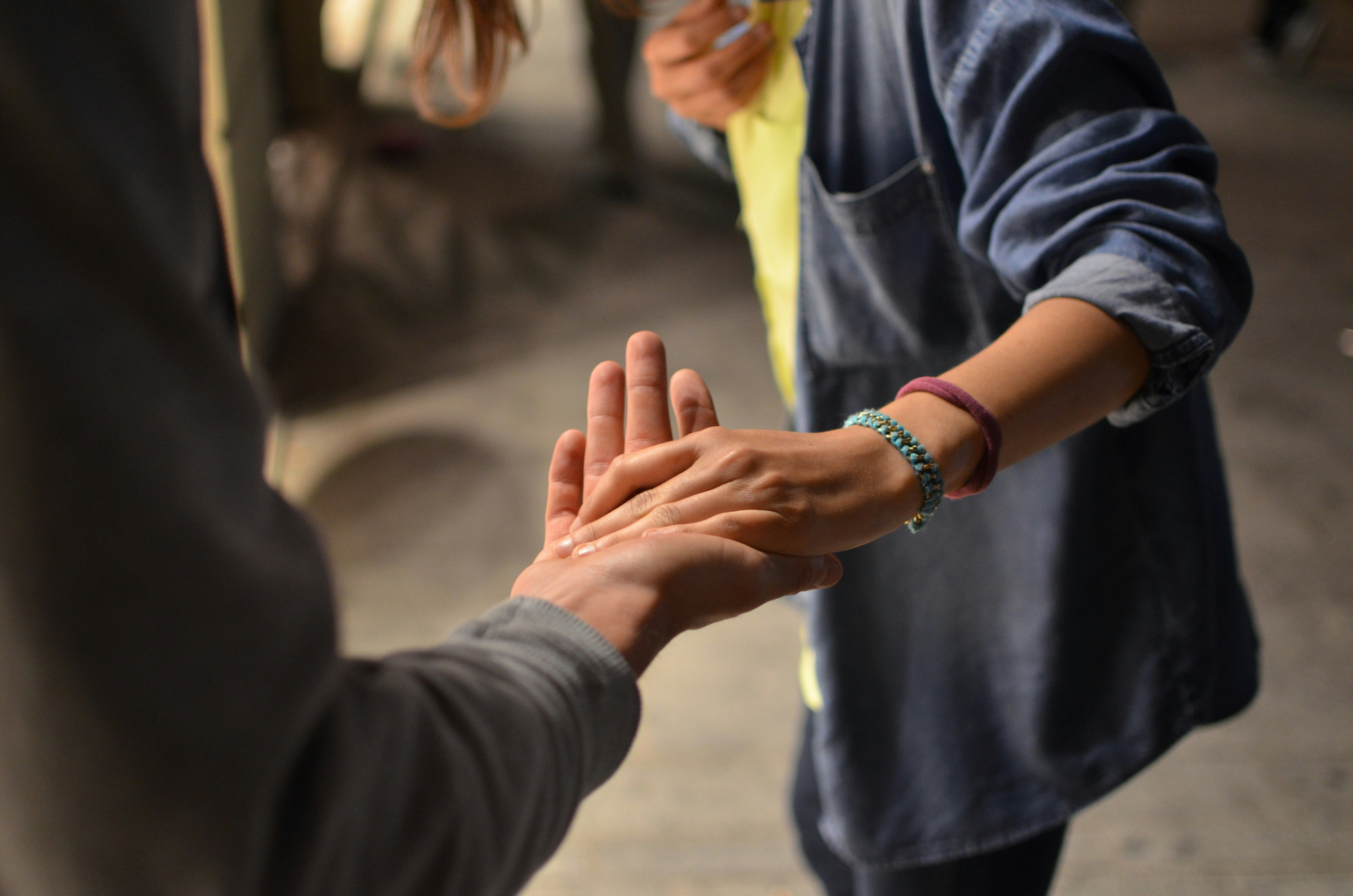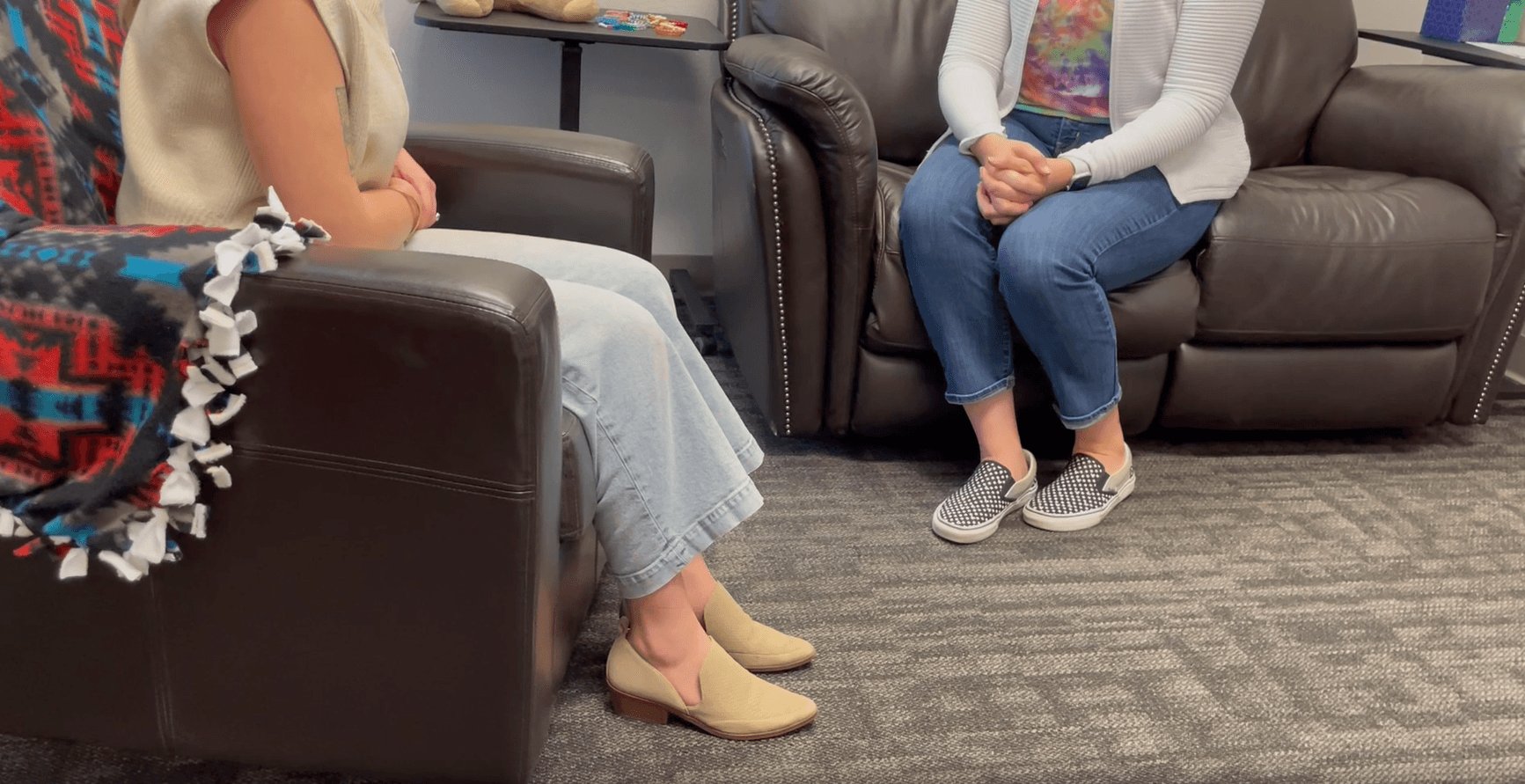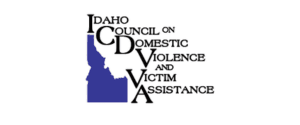
Oftentimes when we think about stressful or urgent situations, we see ourselves as the individual who would be willing to intervene and lend a helping hand. But research has shown that even in an emergency situation, a bystander who is surrounded by others is less likely to help than we would think. The bystander effect, in which we do not provide help and support to someone in need, happens often, because individuals don’t feel as pressured to help when there are other observers present. The bystander effect is relevant in cases of abuse. If others are present, individuals who witness abuse may feel that someone else will take the responsibility to report the incident, and not report it themselves. This is common in child abuse, elder abuse and sexual abuse situations, in which bystanders recognize red flags or wanring signs that indicate a person is not safe, but do not take action.
There are three different psychological processes that may cause a bystander to not help a person in need (Emeghara & Udochi EmegharaResearch Assistant at Harvard UniversityB.A., 2023). These processes are:
- Diffusion of responsibility (thinking someone else will or is responsible for helping besides yourself)
- Evaluation apprehension (fear of being judged publically)
- Pluralistic ignorance (When you disagree, but believe that everyone is thinks an action is ok, so you follow along, even though no one else truly believes this thought)
If you find yourself in a situation, you should follow these 5 basic steps to intervene and “Step Up!”. Step UP! Bystander Intervention teaches five basic steps:
- Notice the event – Be aware of what abuse looks like and what are the red flags. Education yourself on child abuse symptoms of abuse and warning signs of sexual abuse, sex trafficking, and elder abuse.
- Interpret the situation as a problem – Do not minimize the situation. If you see red flags, trust your gut and your education and recognize it for what it is, a problem.
- Assume personal responsibility- Assume that noone else will step up and
- Know how to help
- Step up!
By taking these 5 steps you can help individuals in emergency situations, including those experiencing abuse, by taking accountability and stepping up when those in need, need your help! For more information about Bystander Awareness and Step Up interventions explore the resources at https://www.health.columbia.edu/services/bystander-intervention-step-0






























